Interviews
Explore More Videos
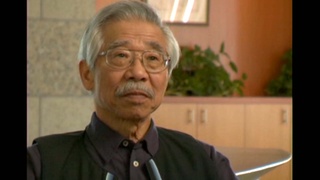
Life in camp as teenager
(1926 - 2012) Scholar and professor of anthropology. Leader in the establishment of ethnic studies as an academic discipline
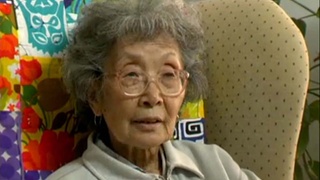
Hiding what happened in camp
(1922–2014) Political and civil rights activist.

Camp as a positive thing
(1922–2014) Political and civil rights activist.
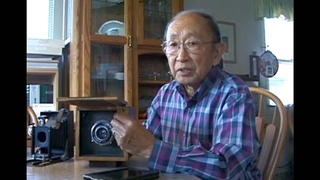
His father describes the importance of photographing camp life
(1924-2016) Photographer and businessman.
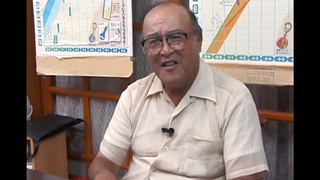
Involvement in JACL
(b.1935) American born Japanese. Retired businessman.

Importance of education in achieving redress for incarceration
(1919-2014) Activist for civil rights and redress for World War II incarceration of Japanese Americans.
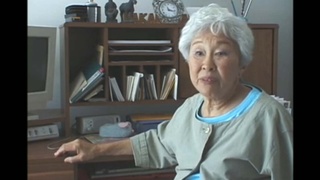
Her experience as a Japanese-American schoolchild in Oceanside, California, after the bombing of Pearl Harbor
(1924-2018) Artist and playwright.
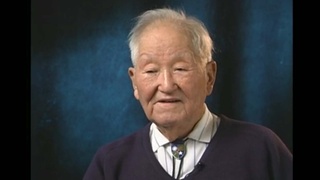
Train ride to Jerome Relocation Center
(b.1913) Kibei from California who served in the MIS with Merrill’s Marauders during WWII.
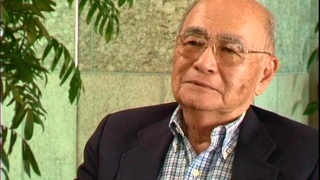
442 soldiers visiting U.S. concentration camps
(b. 1924) Political scientist, educator, and administrator from Hawai`i
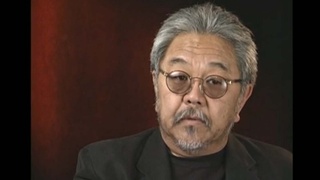
Receiving a negative reaction from father upon asking about World War II experience
(b. 1939) Japanese American painter, printmaker & professor
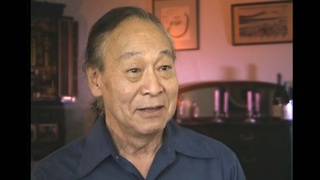
Loss of happy-go-lucky adolescence in Puyallup Assembly Center
(b. 1923) Nisei from Washington. Resisted draft during WWII.

Memories of dusty conditions at Minidoka incarceration camp
(b. 1923) Nisei from Washington. Resisted draft during WWII.

Making the decision to resist the draft
(b. 1923) Nisei from Washington. Resisted draft during WWII.
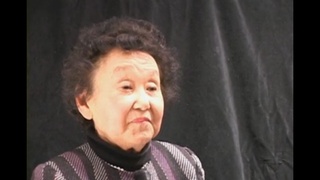
Family life in a Japanese Canadian internment camp in Slocan
(b. 1920) Incarcerated during World War II. Active member of the Japanese Canadian community
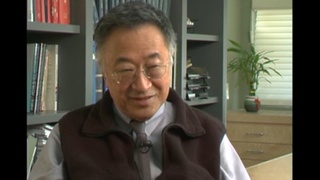
Difference between experiences of youth and older people in WWII camps
(b.1929) Pioneer medical researcher in tissue transfer and organ transplantation.

Discover Nikkei Updates



See exciting new changes to Discover Nikkei. Find out what’s new and what’s coming soon!
